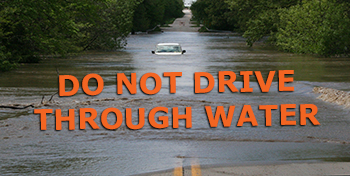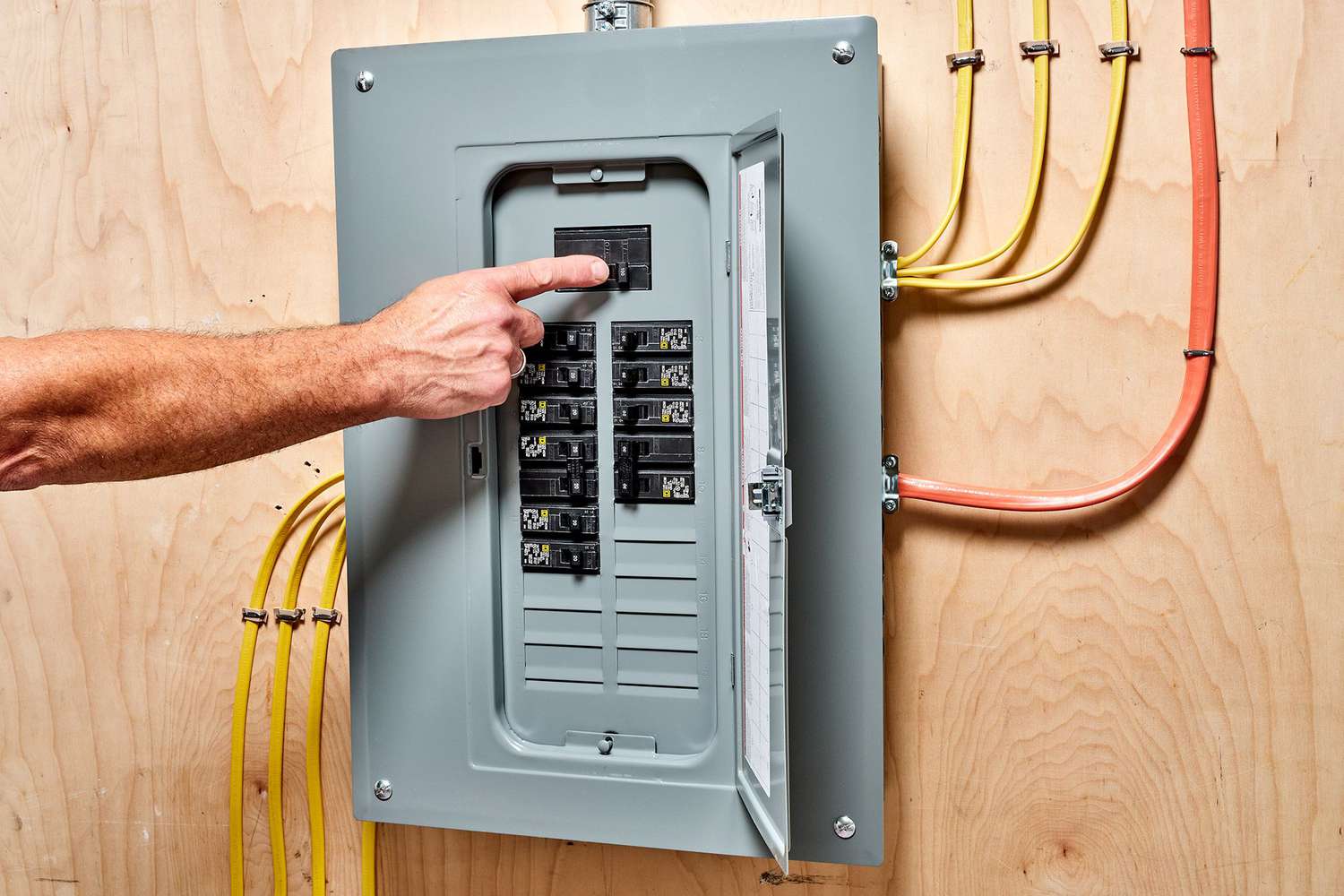Emergency Flood Response: How to Prepare and Stay Safe
Floods can occur suddenly and without warning, posing a significant threat to lives and property. Being prepared for an emergency flood situation is crucial for ensuring the safety of yourself and your loved ones. Here are some essential tips for effective emergency flood response:
Stay Informed
Monitor weather reports and emergency alerts to stay informed about potential flooding in your area. Have a reliable source of information, such as a weather radio or a smartphone app, to receive real-time updates.
Create an Emergency Plan
Develop a comprehensive emergency plan that includes evacuation routes, designated meeting points, and important contact numbers. Practice the plan with your family members so that everyone knows what to do in case of a flood.
Build an Emergency Kit
Pack an emergency kit with essential supplies, including non-perishable food, water, medications, first aid supplies, flashlights, batteries, and important documents. Keep the kit in a waterproof container in an easily accessible location.
Secure Your Property
If time allows, take steps to secure your property before a flood hits. Move valuable items to higher ground, elevate appliances and furniture, and seal off doors and windows with sandbags or flood barriers.
Evacuate When Advised
If authorities recommend evacuation, follow their instructions promptly. Do not attempt to drive through flooded areas or bypass roadblocks. Evacuate to higher ground or designated shelters for your safety.
Stay Safe During the Flood
If you are caught in a flood situation, prioritize your safety above all else. Avoid walking or driving through flooded areas, as water levels can rise rapidly and currents can be strong. Seek shelter on higher ground and await rescue if necessary.
After the Flood
Avoid returning home until authorities declare it safe to do so. Inspect your property for damage before entering and be cautious of hazards like debris or contaminated water. Contact your insurance provider to begin the claims process if needed.
In conclusion, being prepared for emergency flood situations is key to minimizing risks and ensuring the safety of yourself and others. By following these tips and staying vigilant during floods, you can effectively respond to emergencies and protect your well-being.
Essential FAQs for Effective Emergency Flood Response
- What should I do to prepare for a flood?
- How can I stay informed about potential flooding in my area?
- What items should be included in an emergency flood kit?
- What are the evacuation procedures during a flood?
- How can I secure my property before a flood?
- What safety precautions should I take during a flood?
- What steps should I follow after a flood has occurred?
What should I do to prepare for a flood?
To prepare for a flood, it is essential to take proactive measures to safeguard yourself and your property. Start by staying informed about potential flood risks in your area through weather reports and alerts. Develop a comprehensive emergency plan that includes evacuation routes, designated meeting points, and important contact numbers. Build an emergency kit with essential supplies such as non-perishable food, water, medications, first aid supplies, flashlights, batteries, and important documents. Secure your property by moving valuables to higher ground and sealing off doors and windows with sandbags or flood barriers if possible. By taking these steps ahead of time, you can better protect yourself and your loved ones in the event of a flood.
How can I stay informed about potential flooding in my area?
To stay informed about potential flooding in your area, it is essential to utilize multiple sources of information. Keep an eye on local weather reports, news updates, and official alerts from emergency management agencies. Consider signing up for weather alert services or downloading weather apps that provide real-time notifications about flood warnings. Additionally, follow social media channels of local authorities for timely updates on flood risks and evacuation notices. Being proactive in monitoring various communication channels will help you stay informed and prepared for potential flooding in your area.
What items should be included in an emergency flood kit?
When preparing an emergency flood kit, it is essential to include items that can sustain you and your family during a crisis. Some key items to include in an emergency flood kit are non-perishable food, at least three days’ worth of water per person, a first aid kit, essential medications, flashlights with extra batteries, a battery-powered or hand-crank radio, personal hygiene items, important documents (such as identification and insurance papers) stored in a waterproof container, cash in small denominations, sturdy shoes and clothing, blankets or sleeping bags, and a multi-tool or Swiss army knife. These items are crucial for ensuring your well-being and comfort during an emergency flood situation.
What are the evacuation procedures during a flood?
During a flood, evacuation procedures are crucial for ensuring the safety of individuals in affected areas. When authorities issue evacuation orders, it is important to follow their instructions promptly and without hesitation. Evacuation routes should be clearly marked and known in advance, and individuals should gather essential items such as emergency kits, medications, important documents, and any necessary supplies before leaving. If driving is necessary, avoid flooded roads and seek higher ground immediately. Evacuation centers or shelters may be set up for displaced residents, providing a safe haven until it is deemed safe to return home. By adhering to evacuation procedures during a flood, individuals can protect themselves and their families from potential harm and navigate the emergency situation with greater safety and preparedness.
How can I secure my property before a flood?
Securing your property before a flood is crucial in minimizing potential damage and ensuring the safety of your home and belongings. To protect your property, consider taking proactive measures such as elevating appliances and furniture to higher ground, installing flood barriers or sandbags around doors and windows, moving valuable items to upper floors or attic spaces, and clearing gutters and drains to allow for proper water drainage. Additionally, shutting off utilities like electricity, gas, and water can help prevent further hazards during a flood event. By implementing these preventive steps, you can better safeguard your property against flood risks and increase your overall preparedness for emergency situations.
What safety precautions should I take during a flood?
During a flood, it is crucial to prioritize safety by taking specific precautions to protect yourself and your loved ones. Some essential safety measures to consider during a flood include avoiding walking or driving through flooded areas, as water levels can rise rapidly and currents can be strong. Seek shelter on higher ground if possible and never underestimate the power of moving water. Stay informed about evacuation orders and follow instructions from authorities promptly. Additionally, ensure you have an emergency kit with essential supplies readily available and keep important documents in a waterproof container. By being prepared and staying cautious during a flood, you can help minimize risks and stay safe during this challenging situation.
What steps should I follow after a flood has occurred?
After a flood has occurred, it is crucial to take immediate and careful steps to ensure your safety and begin the recovery process. The first step is to prioritize personal safety by avoiding flooded areas and potential hazards. Once it is safe to do so, document the damage by taking photographs for insurance purposes. Contact your insurance provider to file a claim and seek guidance on the next steps. Assess the condition of your property and belongings, and begin cleaning up any debris or standing water to prevent further damage. Be cautious of electrical hazards and contaminated water during cleanup efforts. Consider seeking assistance from professional restoration services if needed. Lastly, stay informed about local updates and resources available for flood recovery assistance.




